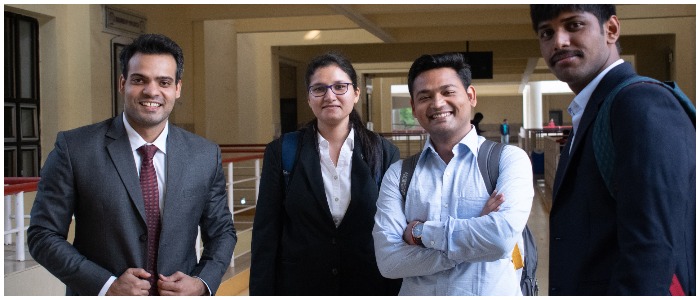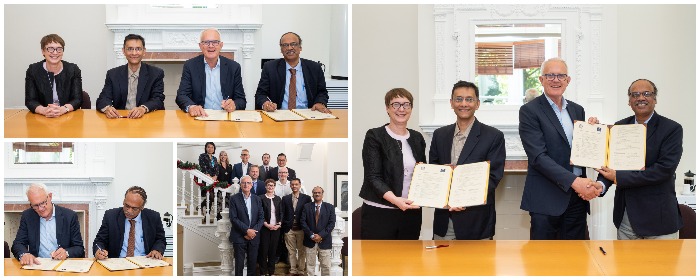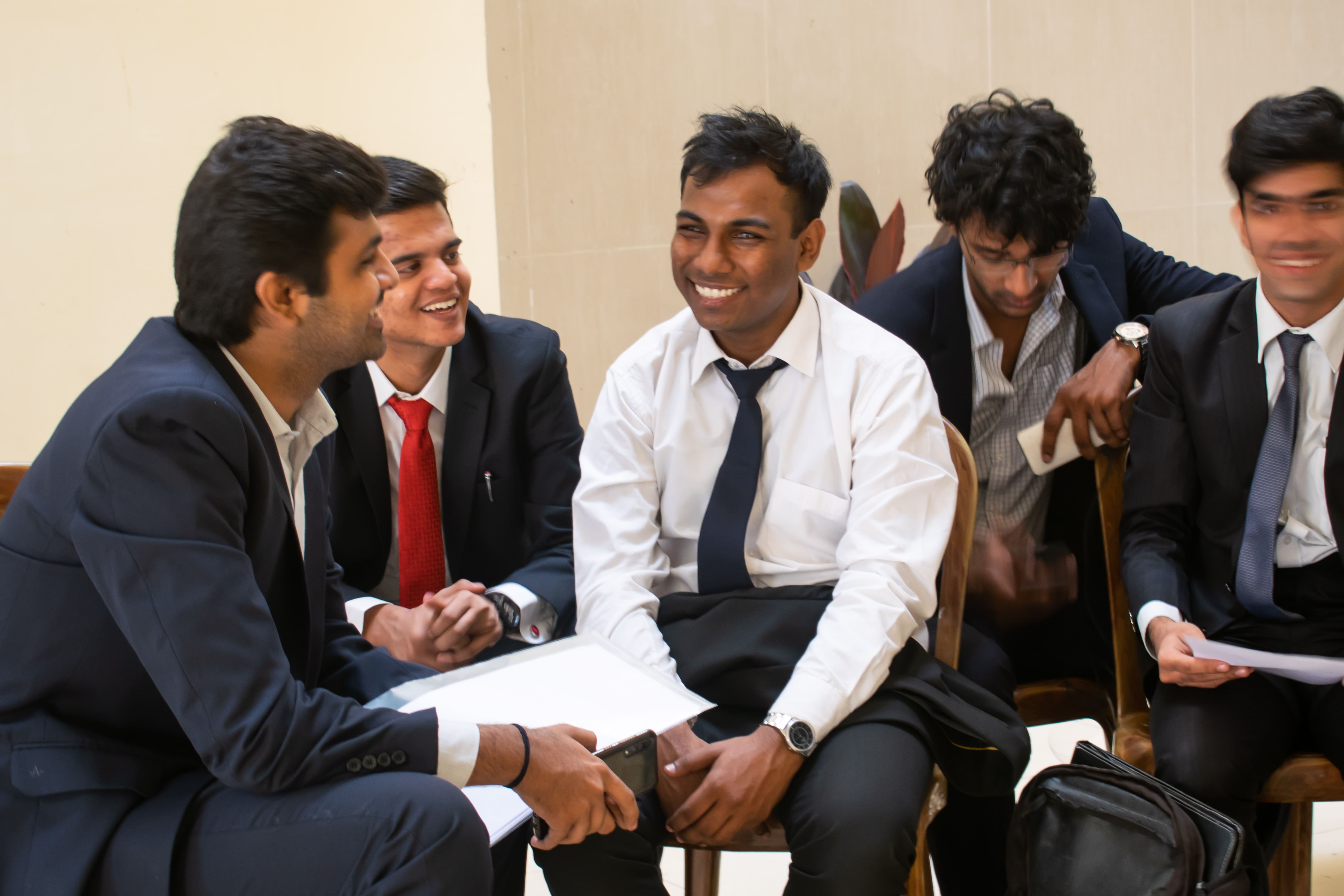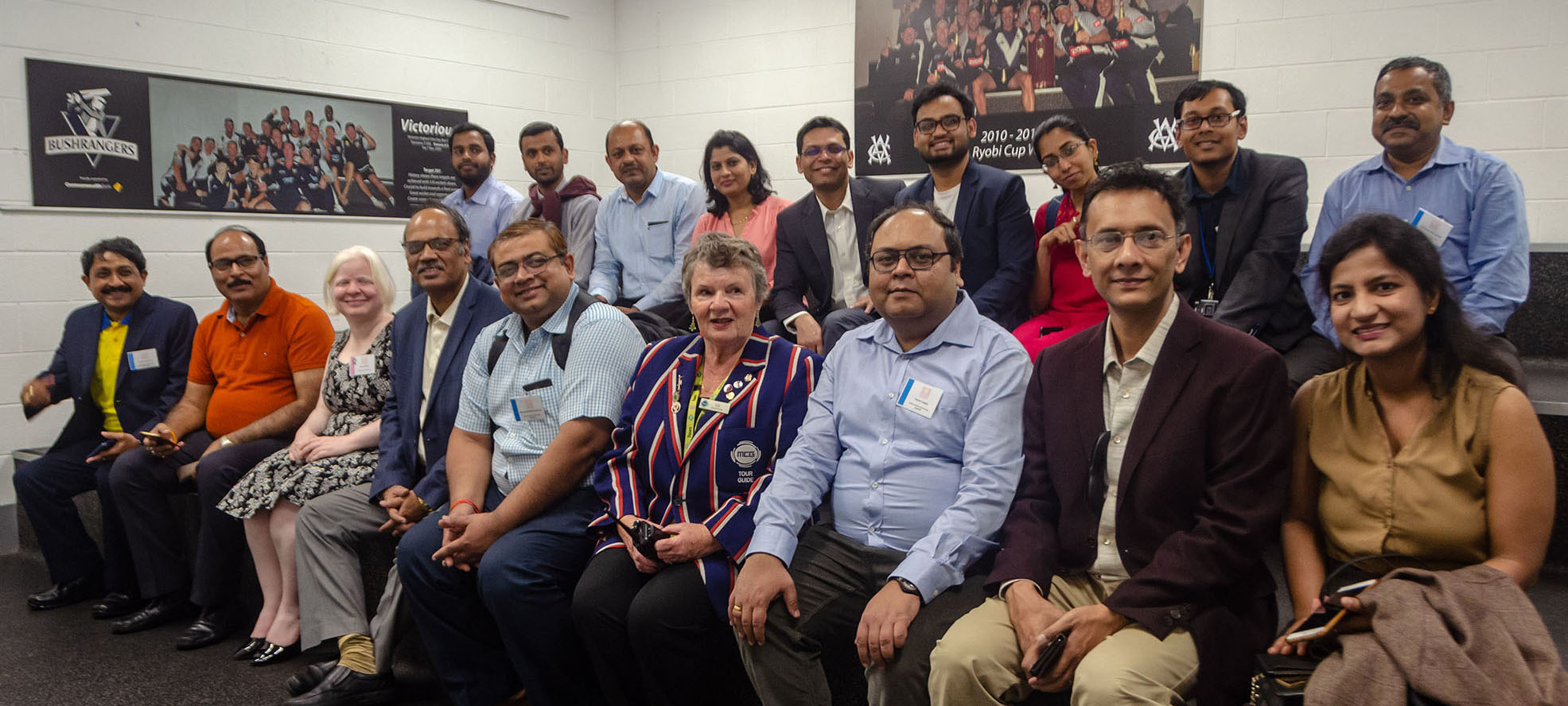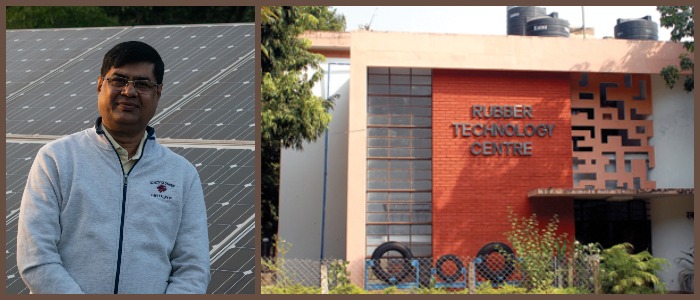
Three decades and counting!
“September 24th 1982. I joined IIT Kharagpur as a Lower Division Clerk, giving in to my parents repeated requests. Today, after spending more than two-thirds of my life here, I do not regret the decision of my parents. Rubber Technology Center had started the year before, in 1981. With no one to look into office work there, I was posted in that department as secretary to the HoD. My job profile consisted of mainly typing and maintaining office records. I stayed there from 1982 to 1987. With my promotion in 1987, I joined the Recruitment Section for a few days…





